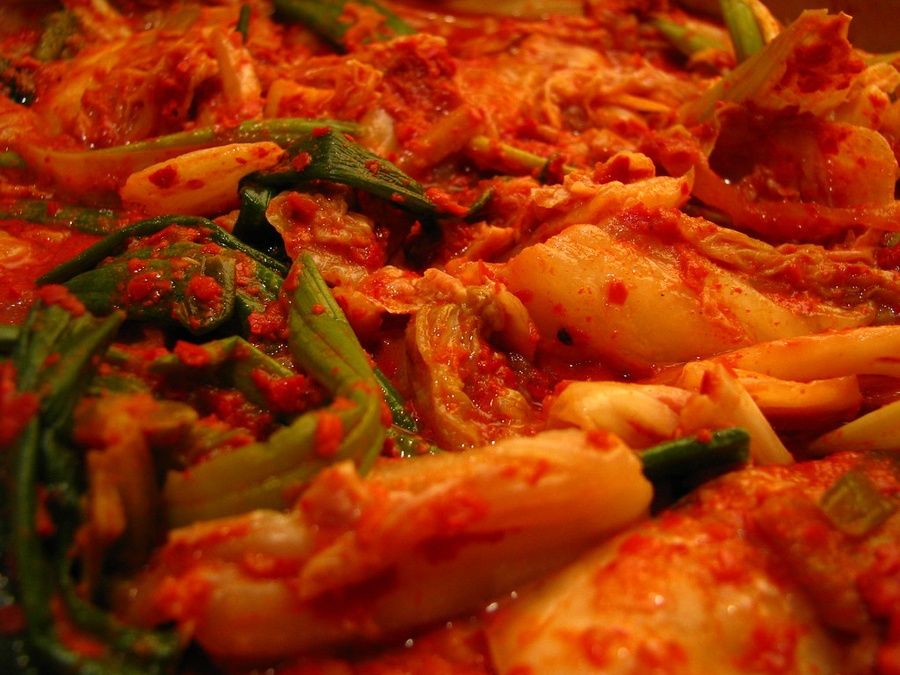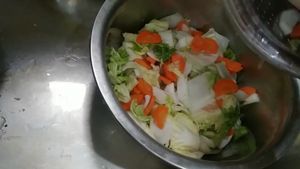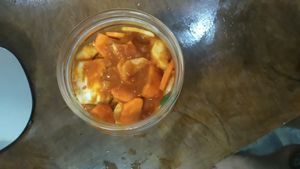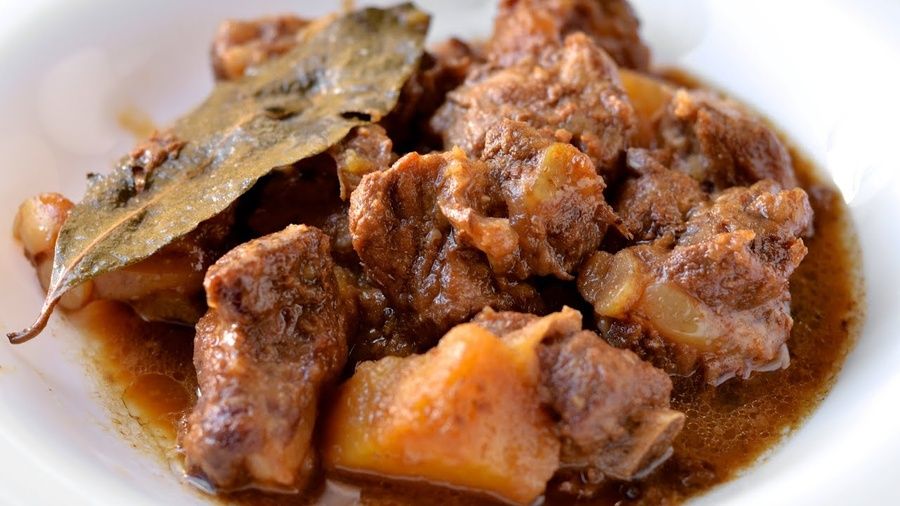

Barefoot Chef
Kimchi - Fermented spicy cabbage
The vegetables are salted to remove moisture before being mixed with the seasonings and allowed to ferment. Kimchi is a staple in Korean cuisine and is often served as a side dish or as a condiment.
Why is Kimchi so good?
The fermentation process is what gives kimchi its distinct tangy and spicy flavor, as well as its many health benefits. During fermentation, beneficial bacteria known as lactobacilli are produced, which can help to improve digestion and boost the immune system. Kimchi is also high in vitamins and minerals, particularly vitamin C and carotenoids.
Types of Kimchi
There are many different types of kimchi, each with its own unique flavor and texture. Some popular types include baechu kimchi, made from Napa cabbage, and radish kimchi, made from radishes. Kimchi can be enjoyed fresh or aged, and can be eaten as a side dish, added to soups or stews, or even used as a topping for sandwiches or pizza.
Substitutions.
If you cannot find Gochugaru which is quite readily available, substitute 30% smoked paprika and 70% chilli powder.
INGREDIENTS
Vegetables
1/2 cup coarse salt = approx. 120 g (4 oz)
1 large Chinese cabbage = approx. 1 kg (2 lbs)
1/2 cup sweet rice powder = approx. 62.5 g (2 oz)
1 large white radish = approx. 1 kg (2 lbs)
2 carrots = approx. 300 g (10 oz)
Spring onions (about 10), cut into pieces = approx. 150 g (5 oz)
Spice Paste Blend
1 cup gochugaru (red pepper powder) = approx. 150 g (5 oz)
2/3 cup drained Korean salted shrimp = approx. 60 g (2 oz)
1/2 cup sugar = approx. 100 g (3 oz)
1-inch piece ginger = approx. 2 cm (1 inch)
1 bulb peeled garlic = approx. 15 cloves
1/2 cup fish sauce = approx. 125 mL (4 oz)
Method

Chop the vegetables roughly mix together with the coarse salt. Massage the salt into the vegetables for about 10 minutes, until it starts to soften. Cover and let it sit for at least 2 hours.

Add the water and the rice flour to a pan on a medium heat. Stir until well combined and allow to cool.

Blend the spice paste ingredients along with the rice paste until smooth.

Rinse the cabbage well, making sure to remove all the salt. Drain and squeeze out as much water as possible. Add the spice paste and spring onions and mix well.

Transfer the kimchi to a glass jar or a ceramic pot, pressing down firmly to remove any air bubbles and to ensure that the kimchi is submerged in the juice. Leave the lid slightly ajar to allow air to escape. Let the kimchi ferment at room temperature for 2-4days.

Barefoot Chef
This is the barefoot chef

